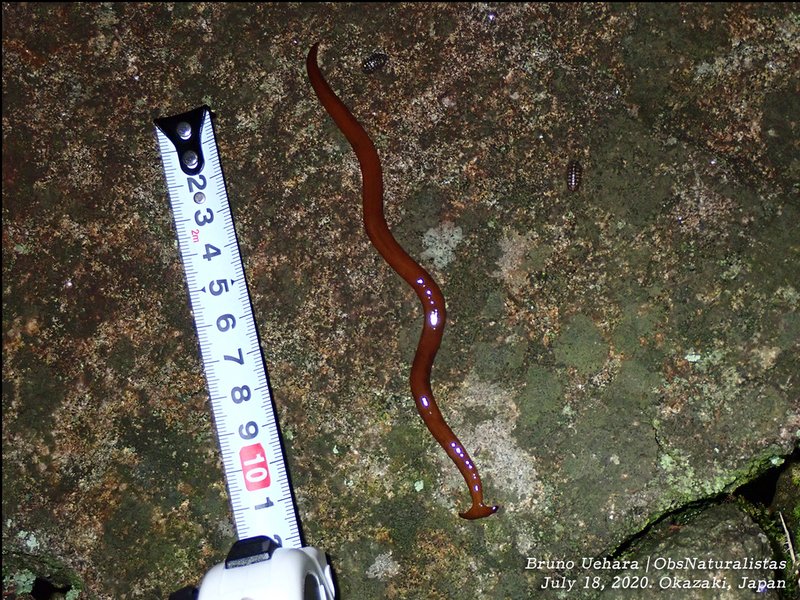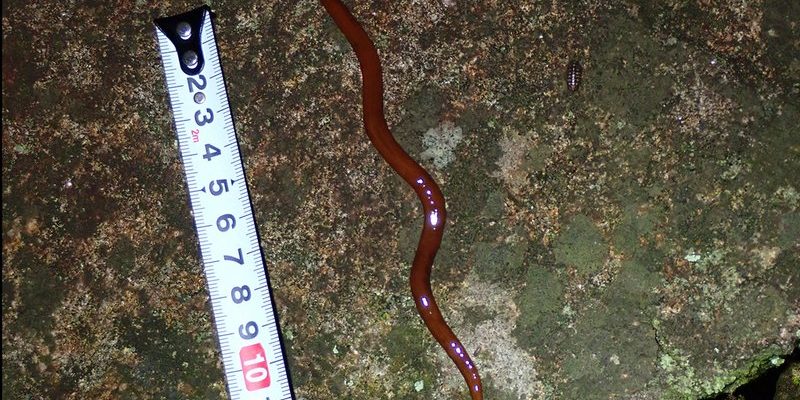
Imagine you’re at a party—some folks are lively and active, while others prefer to hang back and observe. That’s similar to how hammerhead worms operate! They have different routines for day and night that help them survive, find food, and avoid predators. Understanding these patterns can give us insights into their behavior and ecology.
In this article, we’ll dive deep into the intriguing world of hammerhead worms, examining how their movements shift from the day to night and what that means for their survival. Grab a cup of coffee, and let’s dig in!
What Are Hammerhead Worms?
Before we get into their behaviors, let’s take a moment to understand what hammerhead worms are. Scientifically known as Bipalium, these flatworms are part of the Platyhelminthes phylum. They’re fascinating creatures, with some species growing up to a foot long! What sets them apart is their unique T-shaped head, which gives them their “hammerhead” nickname.
You might find these worms in damp areas around your garden or even in tropical regions. They usually come in shades of brown, gray, or even black, making them blend into the soil easily. Their color and shape aren’t just for show; they help the worms camouflage themselves from predators. Think of them like stealthy ninjas of the worm world!
In addition to their unusual appearance, hammerhead worms are known for their predatory behavior—yes, you heard that right. Unlike many other worms, they feast on other small invertebrates, including earthworms and slugs. This predatory nature adds an interesting twist to how they interact with their environment.
Daytime Behavior
During the day, hammerhead worms tend to be a bit more reserved. You might think of them like introverts at that party. They usually hide away in moist, dark areas—like under leaves or logs—to avoid direct sunlight and potential predators. This helps them stay safe and conserve moisture, which is crucial for their survival.
So, what are they doing while they’re hiding? Well, they’re primarily resting. Hammerhead worms are not very active during the daylight hours. Instead, they save their energy for when the sun goes down. Honestly, if you were a hammerhead worm, wouldn’t you prefer to snooze while the sun blazes outside? I know I would!
That said, there are some movements during the daytime. If the conditions are right—like if the ground is damp—they might venture out for a short time. You might catch a glimpse of them slowly crawling along the surface, looking for food or a mate. But this is pretty rare and typically only happens under certain conditions.
Nighttime Activity
When night falls, hammerhead worms come alive! They’re like the life of the party, ready to dance. As darkness sets in, these worms emerge from their hiding spots and become much more active. This nocturnal behavior helps them avoid many predators that are active during the day, making it a smart survival strategy.
At night, hammerhead worms are on the hunt. They primarily search for food, which might include other smaller worms, insects, or soft-bodied invertebrates. They have a unique way of sensing their prey using their bodies, much like how we might use our eyes and ears to spot food in a dimly lit room.
The hammerhead shape helps them navigate as they glide along the ground, detecting vibrations and scents. It’s a bit like having built-in GPS! They can also stretch their bodies, allowing them to cover more ground as they explore their environment. This increased activity at night is a thrilling part of their behavior that shows how versatile and adaptable they are.
Predators and Threats
Like any good party, there are always some uninvited guests, and for hammerhead worms, those are their predators. While they’re out and about at night, they need to watch out for a variety of threats. Birds, frogs, and even other larger invertebrates see them as a tasty snack.
Hammerhead worms have a few tricks up their sleeve when it comes to predators. Their flat, slimy bodies can make it harder for some creatures to catch them. When threatened, they might even secrete a toxin that can deter some predators. It’s a bit like having a spicy secret sauce that keeps their enemies at bay!
But not all threats come from outside. Changes in their environment, such as habitat destruction or climate change, can impact their populations. Since they thrive in moist areas, droughts or deforestation can pose serious challenges. Understanding how they behave during the day and night can give us clues on how to protect them.
How Light Affects Hammerhead Worm Movement
Light plays a huge role in hammerhead worm behavior. Naturally, they are photophobic, meaning they shy away from bright light. This instinct helps them avoid predators and stay moist. During the day, when sunlight is strong, they retreat into the shadows, while at night, they emerge to feed and explore.
You might be wondering, “What happens if they’re exposed to light?” Well, if a hammerhead worm finds itself in a bright spot, it may quickly retreat or even get disoriented. You can think of it like our own reactions to overly bright lights; it’s uncomfortable and makes us want to move away.
This aversion to light is a common trait among many nocturnal animals. It’s all about survival. By understanding how light affects their movements, we can create a better environment for them, especially if you’re a gardener looking to keep them around.
Hammerhead worms truly are unique creatures with fascinating behaviors that change from day to night. Their daytime retreat into darkness allows them to conserve energy and avoid predators, while their active nighttime hunting adventures showcase their predatory skills. It’s almost poetic—these worms live two lives, one shrouded in darkness and the other full of exploration.
Understanding hammerhead worm behavior not only enriches our appreciation of the natural world but also helps to remind us of the delicate balance within ecosystems. So next time you see a worm in your garden, take a moment to think about its daily dance—just like us, it’s living life in its own way. And who knew worms could be such interesting little night owls?

